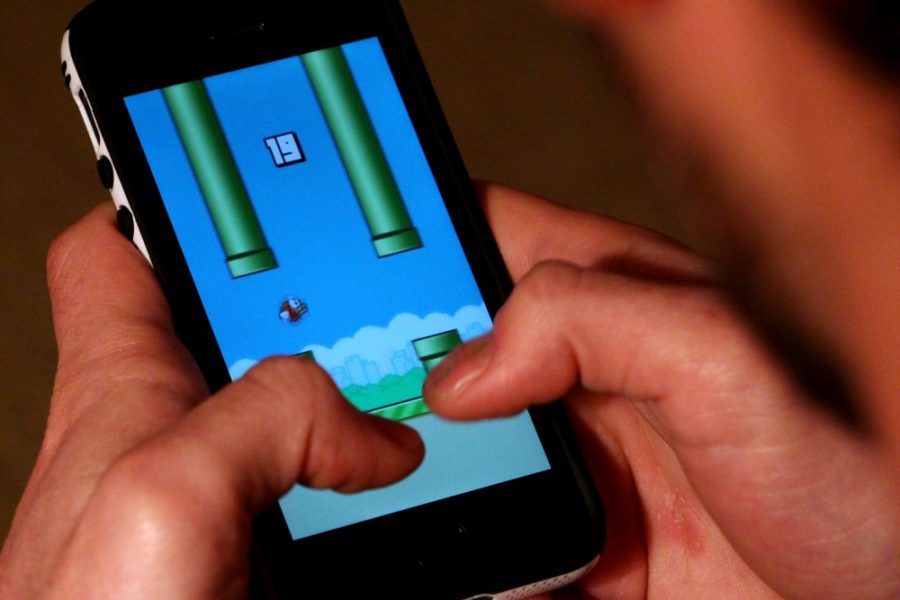The powerhouse that is casual gaming has taken the gaming world by storm in recent years, and it doesn’t look like it’ll let up any time soon. With the rise and fall of “Flappy Bird” (pun intended), we’ve seen just how popular these simple games can become in such a short time, without any help from marketing or production studios. In fact, “Flappy Bird” was created by just one man, Nguyen Ha Dong, in what he described as just a few nights’ time. Yet “Flappy Bird” is the talk of the town — a true sensation, with fans of the game even going so far as to threaten Dong’s life for taking the game off the Apple and Android app stores on Sunday.
“Flappy Bird” isn’t alone; games like “Draw Something,” “Temple Run,” “Doodle Jump,” “Jetpack Joyride,” “Fruit Ninja”, “Tiny Wings,” “Plants vs. Zombies” and “Tap Tap” have been around for years and have only grown in popularity over time. Even more recent games like “Minion Rush” and “QuizUp” are proving to be new additions to the list of breakout casual games.
So what is it that makes these games so popular?
Mobility
When compared to modern consoles like Microsoft’s Xbox One, Sony’s PlayStation 4 or even the Wii U, it’s easy to see what separates games like “Assassin’s Creed” from those like “Flappy Bird”: You can’t just play them anywhere. Just like pornography, games are categorized using terms like “hardcore” and “softcore.” Hardcore games like “BioShock” require an extensive amount of playtime in order to reach the game’s full potential. This time is spent on consoles that can actually support the intended gameplay of these hardcore games.
Then there are softcore games like “Candy Crush,” which you can play anywhere and anytime you have a few minutes and nothing to do (assuming you haven’t run out of lives yet). Before class — hell, even during class — kids are playing games on their phones. I even saw one of my English teachers playing “Fruit Ninja” during an in-class screening a couple of years ago. You can’t just pop open “The Last of Us” on your phone and fight clickers for a few minutes in-between business meetings — but you can dice up some watermelons.
Connectivity
Just about everything requires Facebook connectivity these days. Casual games are no exception. They aren’t just on our phones, but are also connected to our Facebook and Twitter accounts, making them more competitive, more engaging and harder to put down. Remember a few years ago when you started deleting friends off of Facebook because they wouldn’t stop sending you “FarmVille” requests? That’s how it all started. Now, most games link you to your friends so you can play together. This is perfect for games like “Words With Friends,” which center around multiplayer gameplay.
But it is otherwise totally useless to your gaming experience, other than to show how much better that one girl from high school is at your new favorite game. Great. Now you have to stay up until the wee hours of the morning tapping, tilting and swiping your way to the top of the leaderboards only to be beaten tomorrow by some random guy in your anthropology course. Sucks, doesn’t it? Not for game developers, who can make hundreds of thousands of dollars a day off of in-game ads alone.
Nonetheless, these connectivity features keep us playing day after day under the illusion that we’re actually socializing.









